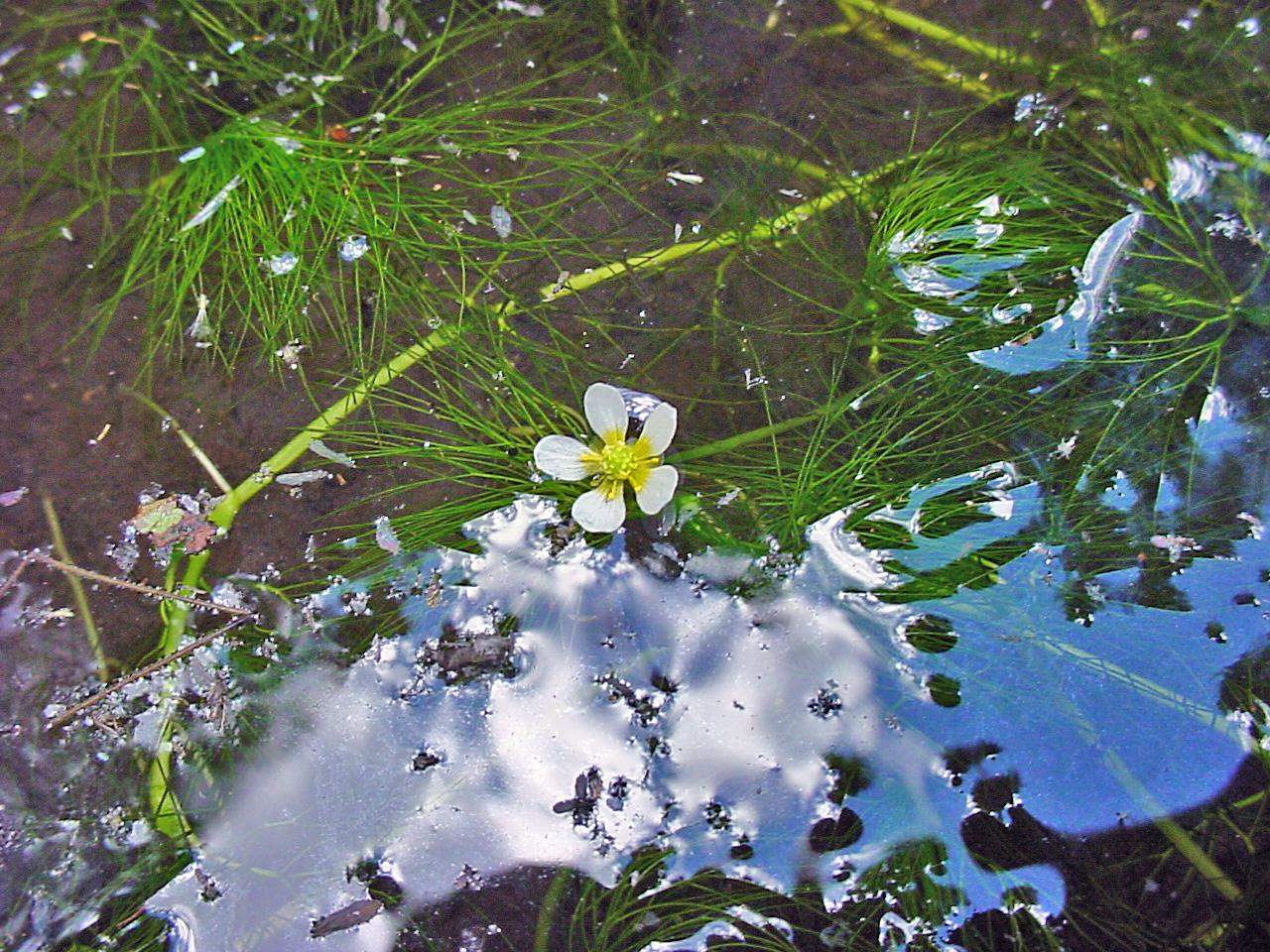|
Family: Ranunculaceae |
Herbs , annual or perennial, from tuberous roots, caudices, rhizomes, stolons, or bulbous stem bases. Leaves basal, cauline, or both, simple, variously lobed or parted, or compound, all petiolate or distal leaves sessile; cauline leaves alternate (rarely a distal pair opposite in Ranunculus sect. Flammula ). Leaf blade reniform to linear, margins entire, crenate, or toothed. Inflorescences terminal or axillary, 2-50-flowered cymes to 25 cm or solitary flowers; bracts present or absent, small or large and leaflike, not forming involucre. Flowers bisexual, radially symmetric; sepals sometimes persistent in fruit, 3-5(-6), green or sometimes purple, yellow, or white, plane (base saccate in R . ficaria ), oblong to elliptic, ovate, or lanceolate, 1-15 mm; petals 0-22(-150), distinct, yellow, rarely white, red, or green, plane, linear to orbiculate, 1-26 mm; nectary present, usually covered by scale; stamens (5-)10-many; filaments filiform; staminodes absent between stamens and pistils; pistils 4-250, simple; ovule 1 per ovary; style present or absent. Fruits achenes, rarely utricles, aggregate, sessile, discoid, lenticular, globose, obovoid, or cylindric, sides sometimes veined; beak present or absent, terminal, straight or curved, 0-4.5 mm. x = 7, 8. Most Ranunculus species are poisonous to stock; when abundant, they may be troublesome to ranchers. A few species with acrid juice were formerly used as vesicatories. The genus is badly in need of biosystematic work. Apomixis and interspecific hybridization occur in several Old World groups of buttercups; some of the taxonomic complexity of the New World species probably results from these processes. Considerable disagreement exists among authors on the proper generic and infrageneric classification of Ranunculus . Most of the subgenera accepted here have been treated as separate genera at one time or another. All recent studies have been based on local or continental floras, however, and classifications proposed for one region may not work for the plants of other regions. Like most North American workers, I have followed the generic and infrageneric classification of L. D. Benson (1948), who gave by far the most thorough and best documented study of the problem. The genus and its subdivisions should be studied on a worldwide basis.
Fls regular; sep green or yellowish, 3, 4, or more commonly 5, rarely more; pet mostly 5, sometimes fewer or more, each with a nectariferous pit or scale on the upper side at the base; stamens mostly numerous, rarely as few as 5; pistils numerous in a globose, ovoid, or cylindric head; ovule ordinarily 1, erect or ascending; fr an achene; annual or perennial herbs with alternate, entire to much dissected lvs and yellow, white, or rarely red fls; juice acrid, poisonous. (Batrachium, Ceratocephalus, Ficaria) 250+, ±cosmop. Gleason, Henry A. & Cronquist, Arthur J. 1991. Manual of vascular plants of northeastern United States and adjacent Canada. lxxv + 910 pp. ©The New York Botanical Garden. All rights reserved. Used by permission. |


